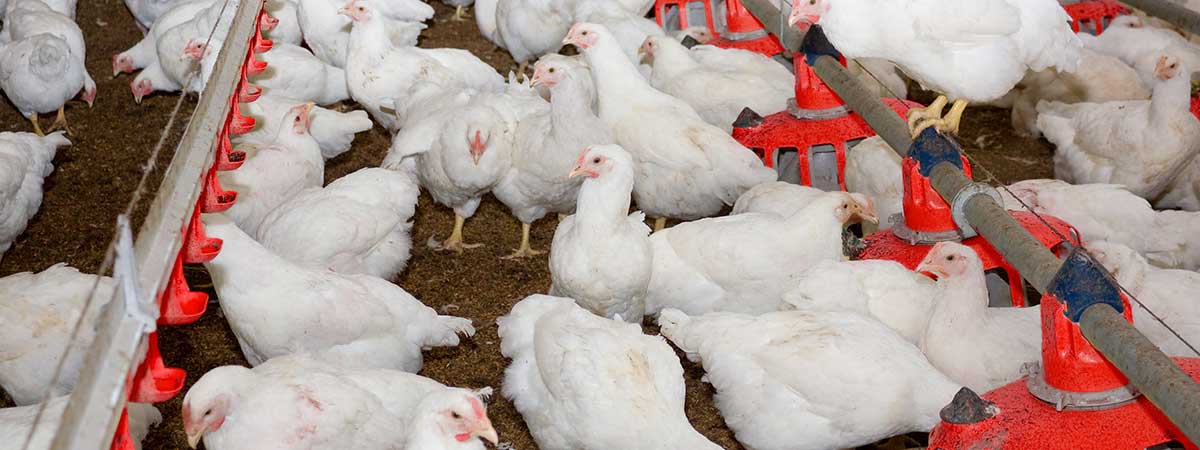Our knowledge of the ecology and epidemiology of avian influenza has changed over the past 150 years. There have been 44 genetically distinct HPAI epizootics since 1959. However, the largest outbreak has been H5Nx A/goose/Guangdong/1/1996 (Gs/GD) lineage of HPAI virus, which began in 1996 and has evolved to multiple genetic clades of virus. Historically, Gs/GD HPAI cases were initially H5N1, but assortment of virus genes has produced H5N2, H5N3, H5N5, H5N6 and H5N8. The Gs/GD lineage has evolved phenotypically in wild birds from resistance to infection to some viruses causing mild-to-severe disease and mortality. Beginning in 2014, intercontinental spread and large outbreaks of Gs/GD lineage HPAI have occurred in poultry in North America, Africa, the Middle East and European Union countries due to 2.3.4.4 clade. The 2.3.4.4 clade has diverged into eight genetic subgroups, a-h, with major outbreaks of 2.3.4.4b occurring across Asia, Europe and the Middle East in late 2020 and early 2021. The H5N1 2.3.4.4b viruses have spread intercontinentally between Europe, Africa, Asia and North America in late 2021 and early 2022. The current outbreaks include migratory aquatic birds; raptors; backyard, village and commercial poultry. First cases in North America occurred in Newfoundland, Canada, in black-backed gulls and mixed poultry species in a backyard flock. As of March 28, 2022, detections of the H5N1 HPAI virus include 472 wild birds in 25 states, 24 backyard flocks (2,272 birds) in 11 states, and 36 commercial poultry flocks (9.3 million birds) in eight states of the USA.
What You Will Learn
- The current H5N1 High Pathogenicity Avian Influenza (HPAI) virus is genetically diverse, with this Eurasia lineage of virus producing the first outbreaks in 1996 in domestic geese in China.
- The genetic clade 2.3.4.4b has spread intercontinentally between Asia, Europe, the Middle East, Africa and North America, causing major infections in wild aquatic birds—and in some species, such as common cranes and pelicans—major die-offs and outbreaks in backyard, village and commercial poultry in Asia, Europe, the Middle East, Africa and North America.
- Control is best to utilize biosecurity practices and prevent introduction into poultry premises.
- Some countries are utilizing vaccine as an additional tool in the control.



